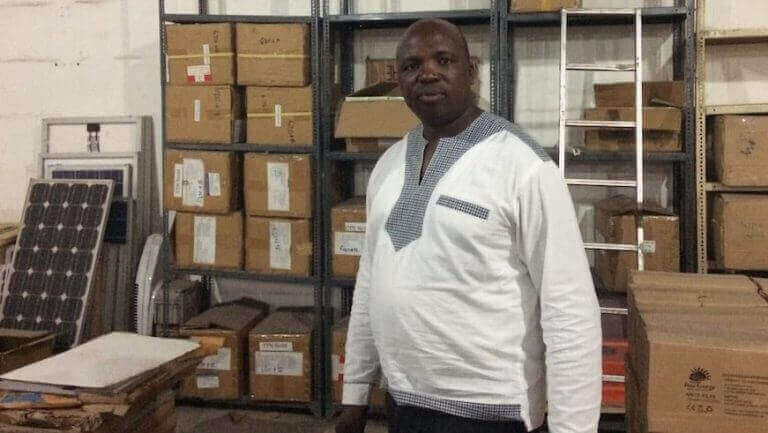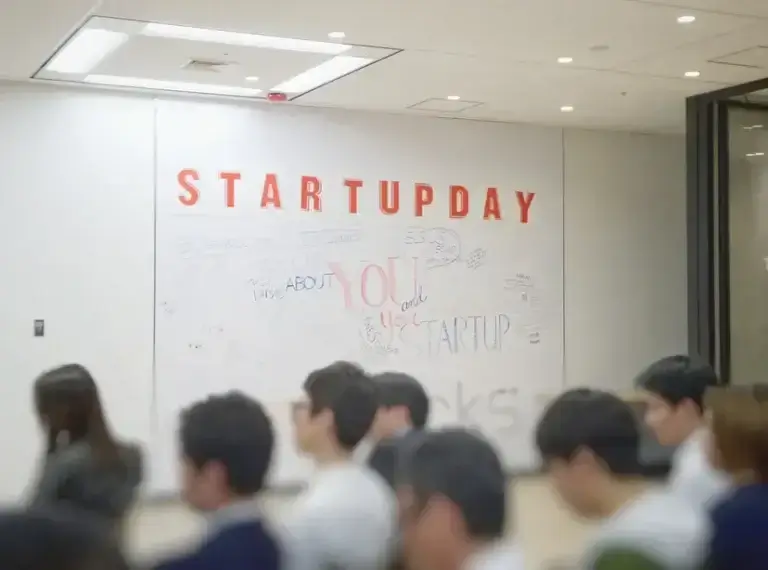On August 19 2019, the Business Roundtable, whose members are CEOs of major U.S. corporations, issued a Statement on the Purpose of a Corporation. The statement seeks to move away from “shareholder primacy”, a concept is fundamental to corporate management. It seeks to place shareholders at the same level as other stakeholders (employees, customers, suppliers and communities).
The idea of a change in the way “businesses see themselves” is not new. Michael Porter and Mark Kramer have been advocating the concept of Shared Value, aiming at solving social problems with a business model. The objective is to enable businesses both to tap larger markets and to make large resources from the corporate sector available to solve broad societal problems. This large-scale allocation of resources has already begun. In India for example, spurred on by the recent corporate social responsibility (CSR) regulation, corporations have been spending resources on a range of social issues. According to data compiled by CRISIL, an analytical company majority-owned by Standard & Poors, CSR spending in India topped Rs. 500 billion (about USD 7 billion) in the fiscal year 2018. This is not a small figure; CRISIL notes that the total CSR spending by the private sector is a little more than the country’s central budget allocation for health and family welfare and two-thirds of the central budget allocation for education.
There is a chasm from moving resources at scale to achieving impact at scale. To cross the chasm, businesses must focus on their competencies and build partnerships with other organizations to help amplify their activities.
INNOVATION
In most emerging countries, governments have already built – and are still building – large-scale infrastructure, from area or village health centers to district level hospitals. Public schools exist in most villages and in every town. Large dams and canals have been built for irrigation. Drinking water borewells have been dug across the rural parts of the world. The problem is that their utilization is not effective. Clinics do not have the ability to stock vaccines. Girls cannot attend schools as they do not have running water in the toilets. Farmers often cannot draw in water from the nearby canal to irrigate the fields. The borewells lie in disuse because of lack of maintenance.
Innovation helps in moving resources to higher productivity uses, thus raising the standard of living for whole communities. Businesses can start working with local actors – communities, local governments and non-government organizations – to enable better utilization of existing resources. To do that, they can take advantage of two strong technological trends in infrastructure and data.
First, relatively low-cost technologies, easily procured, can today help deliver development services at the last mile. A village clinic equipped with a solar system can power a small fridge that can store vaccines. A local water-recycling unit can send water to the toilets in the schools. A pump run by energy from agricultural waste can draw in the water from the irrigation canal to the field. A solar borewell can provide drinking water to the communities. These technologies that work at the last mile are relatively inexpensive compared to the investments already sunk in building large scale infrastructure. Second, the availability of data technologies allows effective design, monitoring and maintenance of this infrastructure. Rapid mobile phone usage, falling sensor costs and the ability to capture, communicate and analyse data opens up radically new ways to ensure that the infrastructure is working and users are utilising the services.
MARKETS
Businesses make money by meeting demand, but in developing countries demand is depressed because of widespread poverty and low incomes. At the same time, there are constraints on the supply side as well.
Businesses should try to stimulate demand in specific geographies or solve supply constraints in specific sectors. Telecom companies could invest in mobile charging stations in rural areas. Mobile phone users who spend a lot of time and money in charging their phones because electricity is often not available could spend some of the savings in talk time or data. Consumer durable companies can sponsor efficient solar home systems which can come bundled with home and kitchen appliances. On the supply side, retail chains can invest in bio-waste-powered refrigeration systems to prevent spoilage and cool down cost inflation. Service sector companies in hospitality, food delivery and security can invest in solar powered learning centers in peri-urban areas so that people can pick up language skills.
THERE IS A WINDOW OF OPPORTUNITY
Technology trends are complementing a broader social trend of professionals dropping out to work in the social sector. Across the world, young people are setting up technology companies that target the poorer parts of the world. Businesses have a window of opportunity to demonstrate that shared value can indeed be created. They can do so in two ways: they can either invest in the entrepreneurs directly, or they can help the customers to test and deploy new technologies. Traditional development sector players – NGOs, farmer organizations, school and hospital trusts – rarely have the financial resources to purchase new technology.
It is important that businesses take advantage of this window of opportunity and demonstrate that they have the capability and genuine interest to work on social problems. Failure to do so would expose them to risks from both inside (those who claim that this dilutes the mission of businesses) and outside (those who claim that businesses are the problem and therefore cannot be part of the solution). Corporate managers should be very careful to think about the strategy that leads to impact to ensure that they mitigate both kinds of risk and use the resources in a way that leads to overall economic buoyancy.



